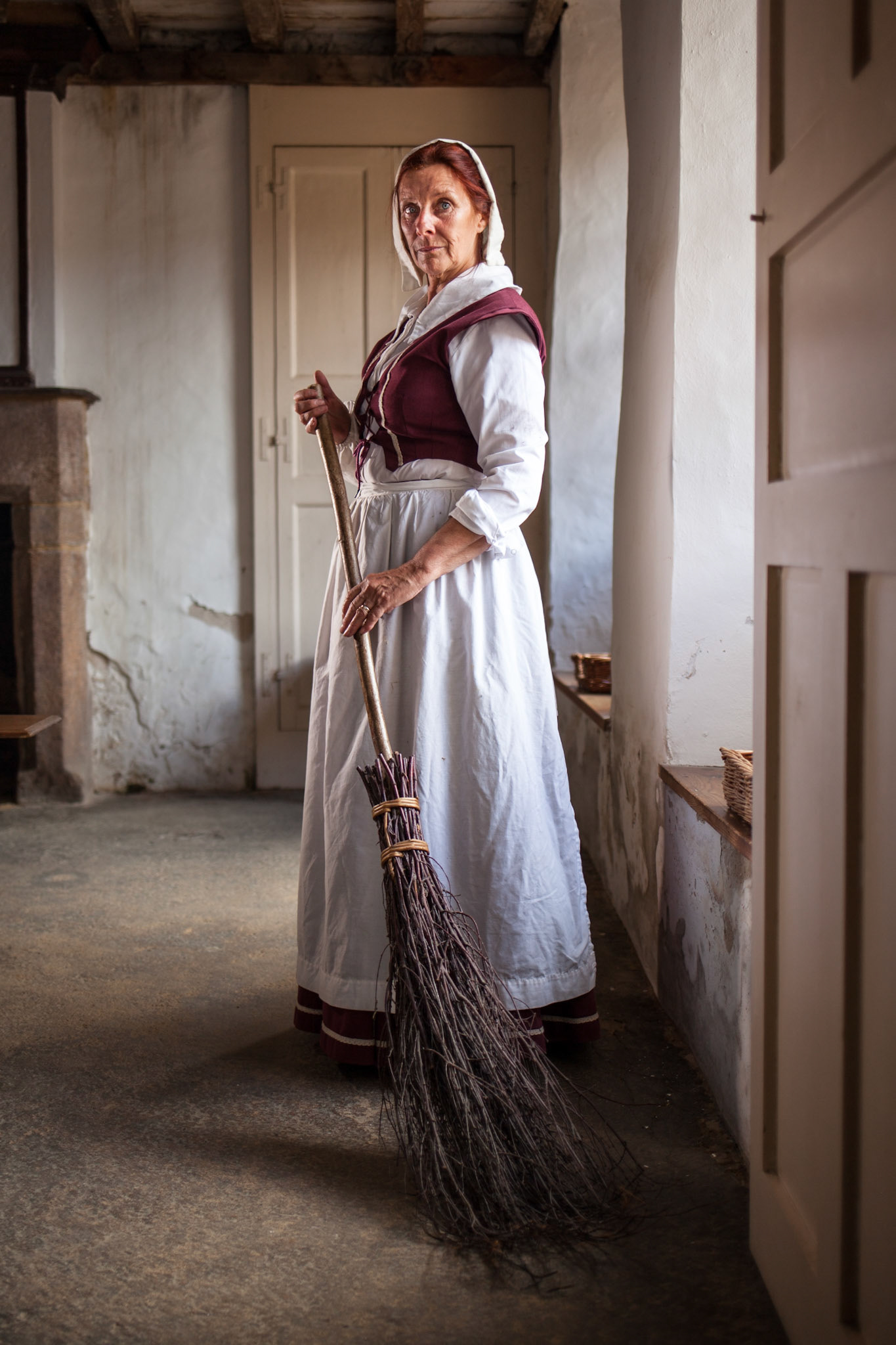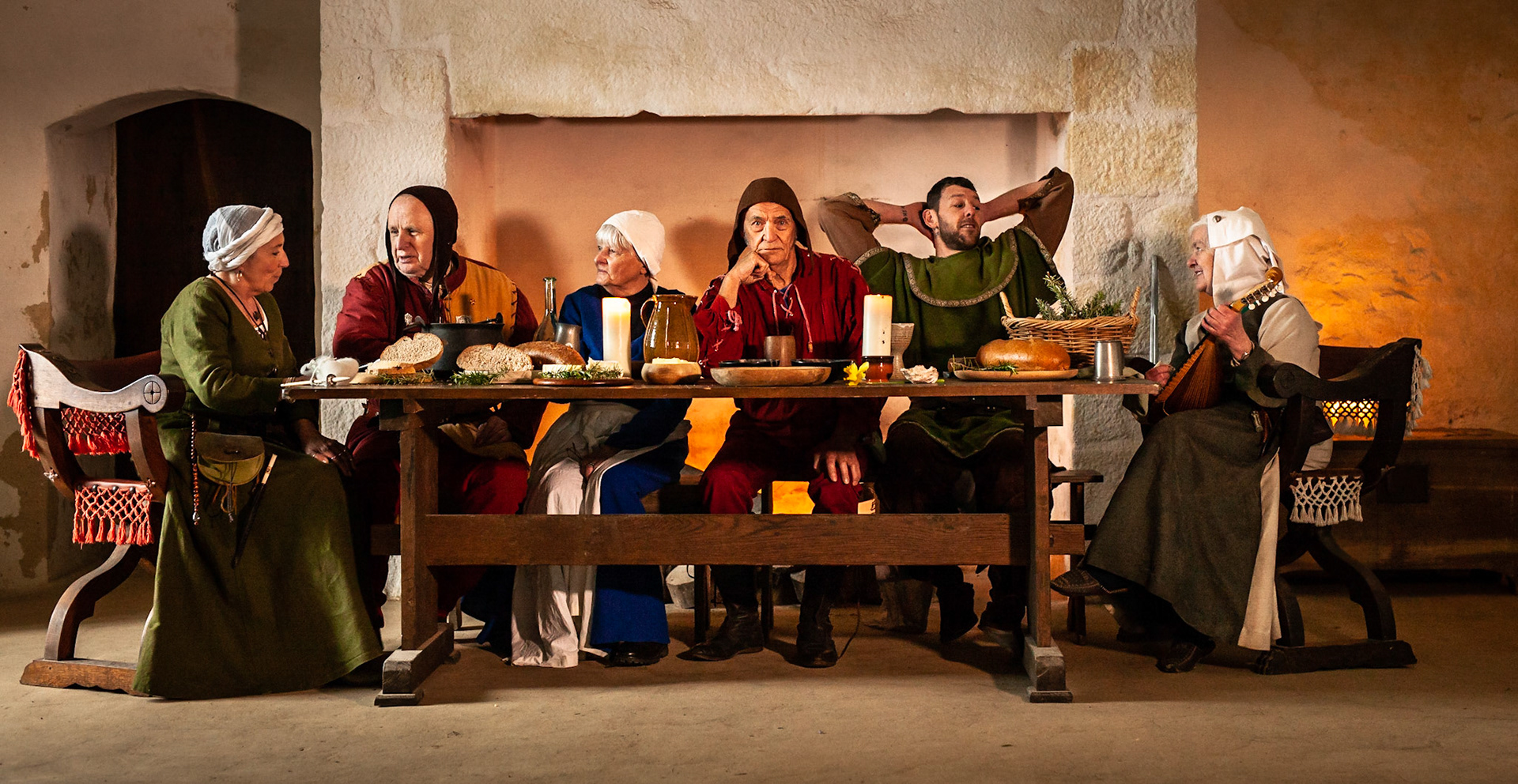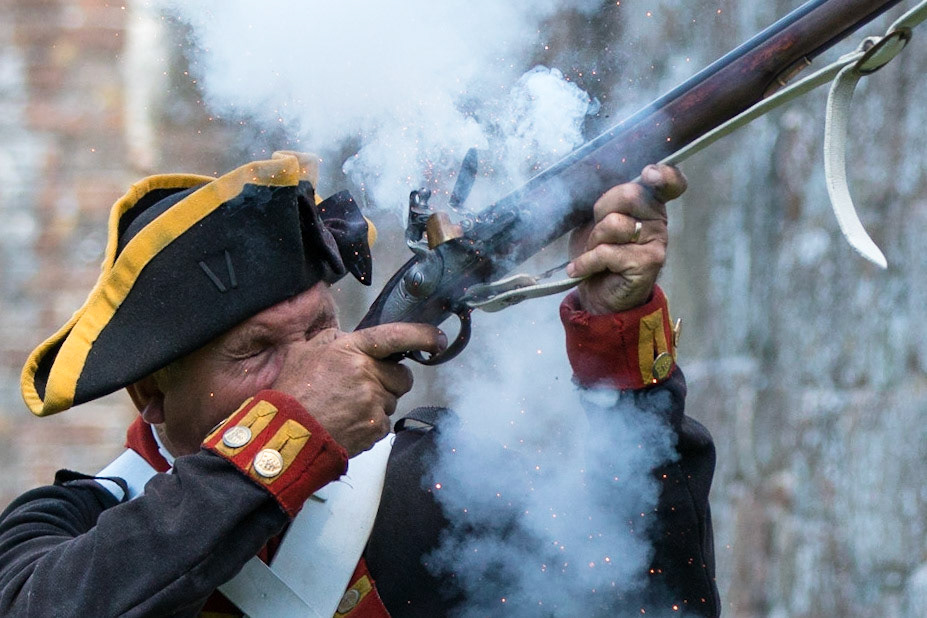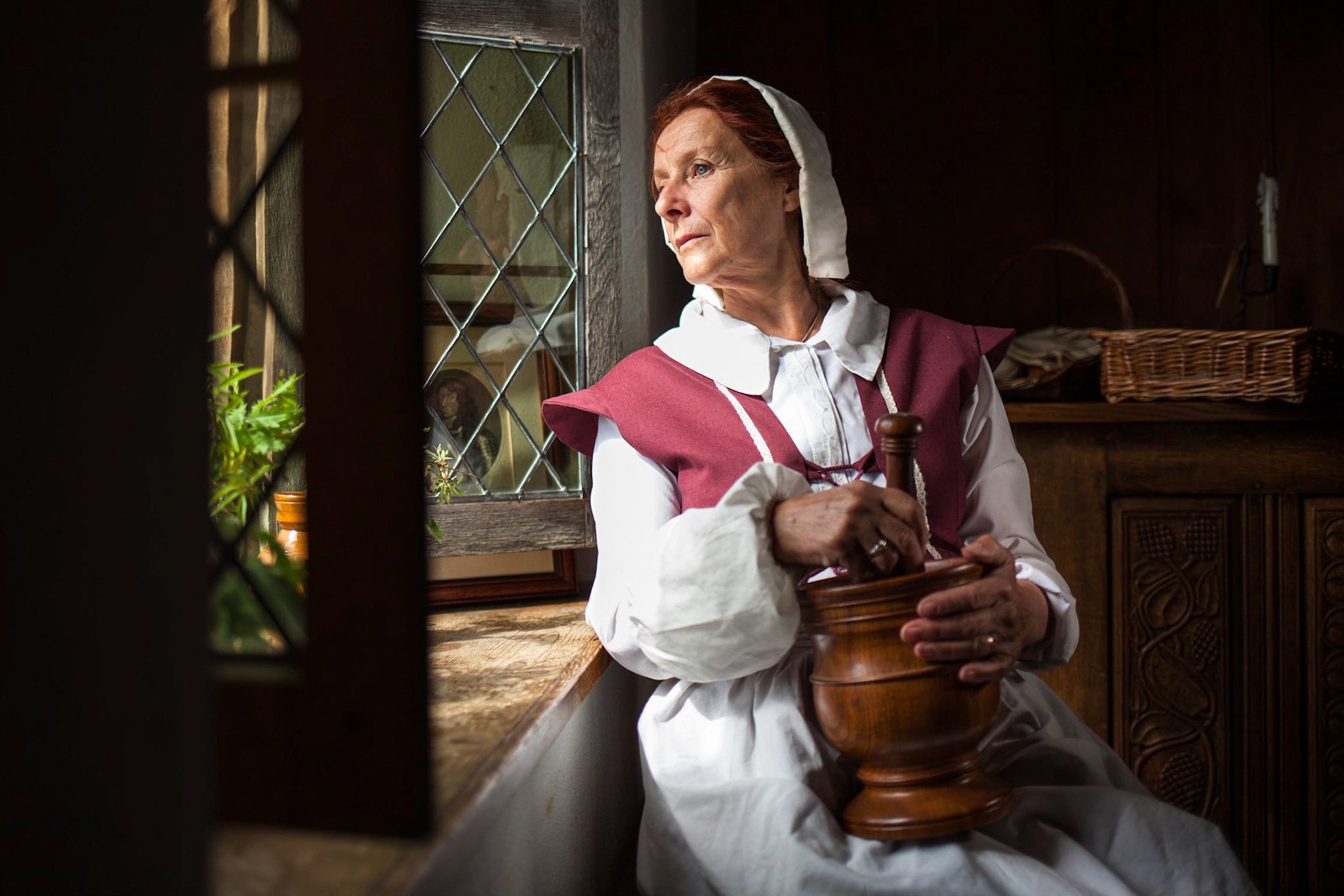
Hamptonnes background
Hamptonne is a country life museum which shows Jerseys history which carried back as late as the 15th century. There are many different houses and a farm, with various animals, which make up Hamptonne, along with the Cider Barn where a festival is held around the middle of October every year, where fresh cider is made from the horses crushing the fresh apples from the Orchard.
Things that you are able to do at Hamptonne
– Explore the Orchard and see the various farm life around the site.
– Meet characters in their houses/places and hear stories or history about them.
Hamptonnes History
The name ‘Hamptonne’ came from Laurens Hamptonne who purchased the site in 1633 but the site may also be known as ‘La Patente’ named after the road it is on.
Royal patents were awarded letters to those who had provided a particular service to the reigning monarch (King Charles II at this time) or a close relative. For Hamptonne this came from the owner Richard Langlois loyalty to the Royalist cause during the English Civil war, when he was the executive officer (Vicomte) of Jerseys Royal Court.
Hamptonne had gained a lot of support from King Charles II which they received several grants: To preserve the integrity of the property, meaning it couldn’t be broken into parts/split amongst family members and only inherited by the eldest child, permission to rebuild the ruined Colombier which originally was granted to Richard Langlois but located outside the museums boundaries, etc.
The Houses and Country yards
Hamptonnes shape is square which includes all different types of buildings which were made during different time periods and found over 2 country yards. The farm has mainly medieval origins, but improvements to the living conditions have been made over the years. The main buildings are named after the Langlois, Hamptonne and Syvret families who lived there during the 15th to 19th centuries.
After you exit the gift shop, you enter a north courtyard where a row of 19th century farm buildings were made to meet the requirements for the workforces vehicles and horses. It also includes a labourers cottages, coach house, bake and laundry house and stables. Opposite it a glass barn is found which holds various farming devices and to the east there is a walled vegetable/herb garden with a playground and orchard further on.
To the south you find Langlois House, which holds stabling and a under croft on the ground floor with a parlour and bedroom on the first, and a house for pigs and a pond. Then at the south-west corner you’ll find a stone arched gateway which leads to the road.
To the west of the site is Cider House (pressoir) with a granite apple crusher and press. then to the far south end of the row is Syvret house which has a kitchen, parlour, 2 bedrooms and a small cabinet. This house is shown to be what one would have looked like of a tenant farmer around 1948.
The Cider Apple Orchard
To the far east of the farm is where you’ll find the Cider Apple Orchard where many trees are found and hold apples of sweet, bitter and sharp range of flavours which taste when when mixed together for cider. A small footpath at the end can lead you into a small woodland, which use to be an important source for wood, fuel and building materials with a great range of plants and wildlife with a National Jersey trust toads trail which carries on the footpath.
https://www.jerseyheritage.org/whats-on/hamptonne-country-life-museum-living-history
Tom Kennedy
Tom Kennedy is a photographer and film maker who’s pictures are inspired by ‘Painting with light’ through inspiration of Dutch Masters paintings in the 17th Century such as Rembrandt and Vermeer.
https://littleriverpictures.com/photography
Here are some examples of his work:




